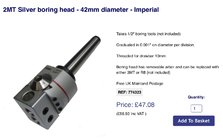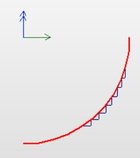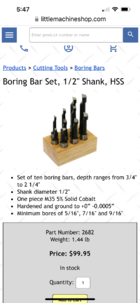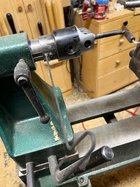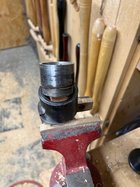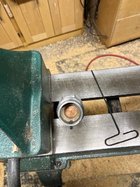I bought one of these a while back for metal working. I then realised I could also use it on my wood turning lathe for boring precise size holes and making other accurate parallel cuts. I then saw a video of a guy using one to make wooden rings. I’ve not used it yet but just wondering if anyone else on here uses one?
